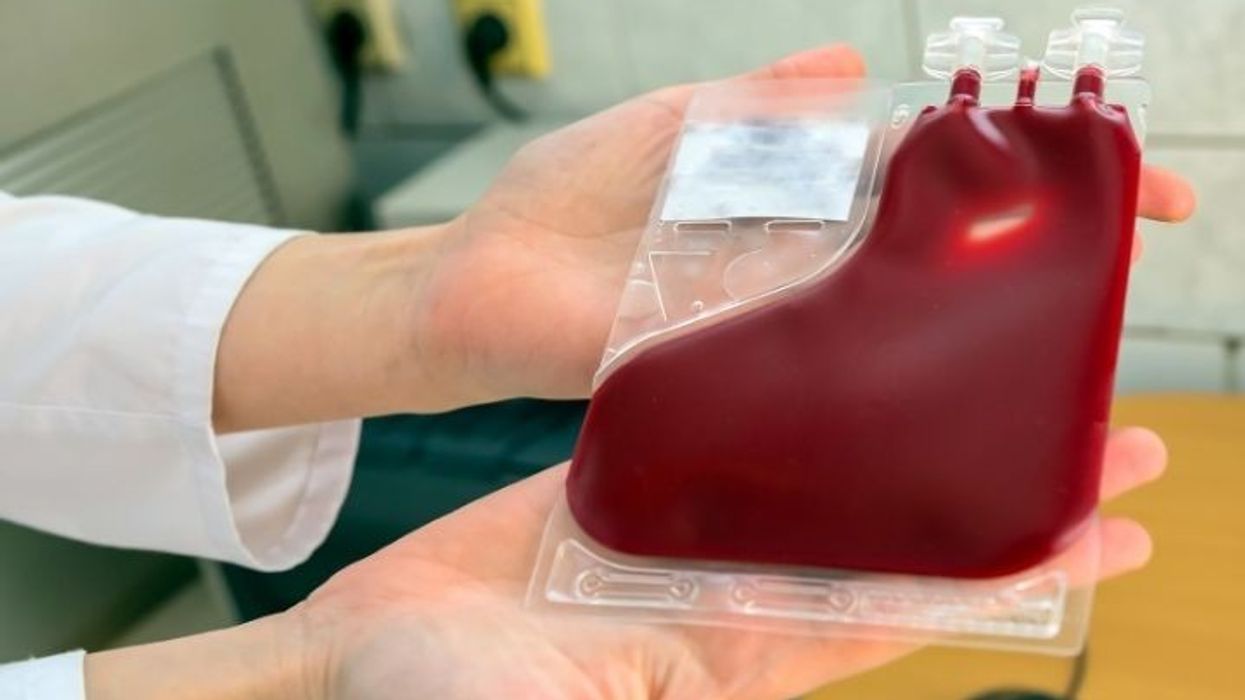In recent decades, there has been a striking increase in diagnoses of neurodevelopmental conditions like autism, attention deficit disorder (ADD), and attention deficit hyperactivity disorder (ADHD). We see more organizations to address these issues. We heard about it more in the news. People have theories about this being caused by the things we eat or, on the other side, that we are better at diagnosing diseases. This surge has sparked debates and curiosity: Are these conditions becoming more common, or is our understanding of the brain simply evolving? The answer, as it turns out, is a mix of both.
The Numbers at a Glance
- Autism diagnoses in the United States have increased from 1 in 150 children in 2000 to 1 in 36 in 2023, according to the CDC.
- ADHD diagnoses among children rose from 6.1% in 1997 to 10.2% in 2016, per the National Survey of Children's Health.
- Similar trends have been observed for other conditions like ADD, dyslexia, and even sensory processing disorders.
This rise may seem alarming, but it's essential to examine the factors driving these numbers.
Why the Rise?
1. Improved Awareness and Diagnostic Tools
One of the most significant reasons for the increase is better awareness and understanding of neurodivergence. Decades ago, many children with autism or ADHD were often misdiagnosed with unrelated conditions, labeled as "difficult," or overlooked entirely.
Today, improved diagnostic tools, broader diagnostic criteria (e.g., the DSM-5's reclassification of autism spectrum disorder), and more accessible mental health services have led to earlier and more accurate identification of neurodevelopmental conditions.
2. Shifting Stigmas
Cultural shifts have reduced the stigma around neurodivergence, encouraging families to seek evaluations and support for their children. This is especially true in schools, where accommodations and Individualized Education Plans (IEPs) have become more common.
3. Environmental Factors
Some researchers suggest that environmental influences may play a role. These include:
- Parental age: Studies have shown that older parental age at conception is associated with a higher likelihood of neurodevelopmental conditions in offspring.
- Prenatal and perinatal factors: Issues such as maternal stress, exposure to toxins, or preterm birth may influence brain development.
- Urbanization and lifestyle changes: Urban environments and modern stressors have been associated with higher rates of conditions like ADHD.
4. Genetic Research
The rise in neurodevelopmental conditions may also be tied to the expanding field of genetics. Many of these conditions have a heritable component, and advanced genetic testing can now identify predispositions that may have gone unnoticed in the past.
5. Broadening Definitions
The way we define neurodivergence has evolved significantly. For example:
- Autism is now recognized as a spectrum, encompassing a wide range of traits, from nonverbal individuals to highly verbal, highly functional adults.
- ADHD is understood to manifest differently across genders, with inattentive forms often missed in girls in earlier studies.
These broader definitions mean that more people meet the criteria for diagnosis than in the past.
Is It Truly an Increase?
Despite rising numbers, some experts argue that the actual prevalence of neurodevelopmental conditions may not have changed significantly. Instead, the "increase" reflects improvements in identification, shifting societal attitudes, and access to healthcare.
However, others contend that changes in environmental factors and modern lifestyles could be contributing to a genuine rise. For instance, the increased exposure to technology and decreased outdoor playtime have raised questions about their long-term impact on cognitive and social development.
Implications and Opportunities
The increase in neurodivergence diagnoses has both challenges and benefits:
- Education and Policy: Schools and workplaces are now more focused on inclusion, with accommodations like sensory-friendly environments and flexible workspaces.
- Research and Resources: The rise has spurred funding for research into the causes, treatment options, and support systems for neurodiverse individuals.
- Cultural Change: The shift toward acceptance and celebration of neurodiversity has given rise to movements like the Neurodiversity Paradigm, which emphasizes the strengths and unique perspectives of neurodiverse individuals.
While the rise in neurodevelopmental diagnoses can be attributed to multiple factors, it ultimately reflects a growing understanding of the human brain's complexity. As science continues to unravel the mysteries of neurodivergence, society has an opportunity to embrace these differences—not as deficits, but as essential parts of human diversity.
Citations
- Centers for Disease Control and Prevention (CDC). (2023). "Data and Statistics on Autism Spectrum Disorder."
- Faraone, S. V., et al. (2021). "The Worldwide Prevalence of ADHD: A Systematic Review and Metaregression Analysis." Psychological Medicine.
- Sandin, S., et al. (2014). "The Familial Risk of Autism." JAMA.
- Volk, H. E., et al. (2013). "Environmental Factors in Autism Spectrum Disorders." Current Environmental Health Reports.
- American Psychiatric Association. (2013). Diagnostic and Statistical Manual of Mental Disorders, Fifth Edition (DSM-5).









 Karla Mingo believes that her greatest gift as a cancer survivor is the ability to live with gratitude and thankfulness.
Karla Mingo believes that her greatest gift as a cancer survivor is the ability to live with gratitude and thankfulness.



